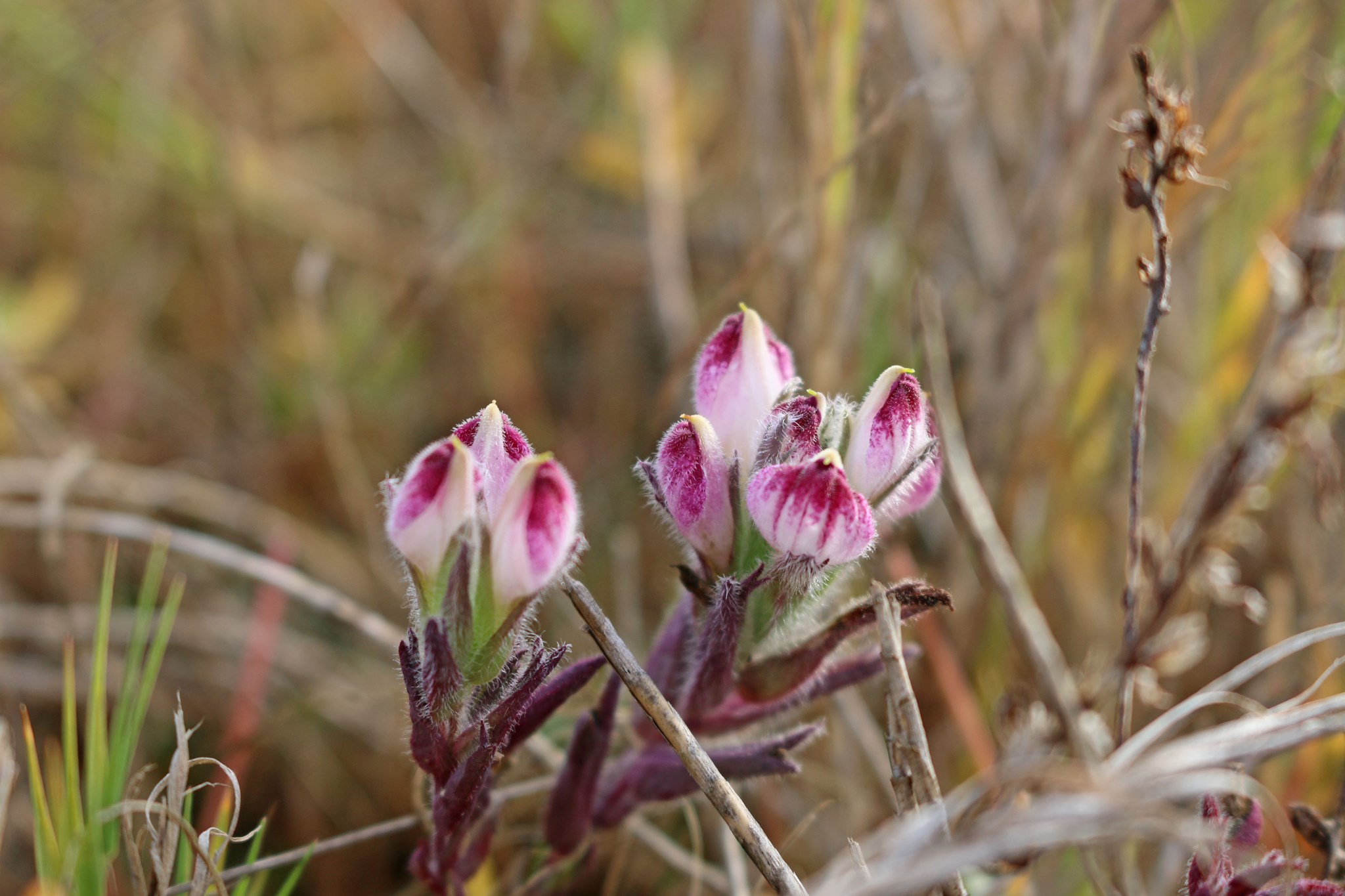Cordylanthus maritimus on:
[Wikipedia]
[Google]
[Amazon]
 ''Chloropyron maritimum'' is a rare species of flowering plant in the family
''Chloropyron maritimum'' is a rare species of flowering plant in the family
Jepson Manual TreatmentUSDA Plants ProfilePhoto gallery
{{Taxonbar, from=Q17715355, from2=Q5170099 Orobanchaceae Halophytes Flora of California Flora of Baja California Flora of the Great Basin Flora of the Southwestern United States Flora without expected TNC conservation status
 ''Chloropyron maritimum'' is a rare species of flowering plant in the family
''Chloropyron maritimum'' is a rare species of flowering plant in the family Orobanchaceae
Orobanchaceae, the broomrapes, is a family of mostly parasitic plants of the order Lamiales, with about 90 genera and more than 2000 species. Many of these genera (e.g., ''Pedicularis'', ''Rhinanthus'', '' Striga'') were formerly included in ...
known by the common names salt marsh bird's beak and Point Reyes bird's beak, depending on the specific subspecies
In biological classification, subspecies is a rank below species, used for populations that live in different areas and vary in size, shape, or other physical characteristics ( morphology), but that can successfully interbreed. Not all specie ...
. It was formerly classified as ''Cordylanthus maritimus''.
Distribution and habitat
It is native to theSouthwestern United States
The Southwestern United States, also known as the American Southwest or simply the Southwest, is a geographic and cultural region of the United States that generally includes Arizona, New Mexico, and adjacent portions of California, Colorado, N ...
and northern Baja California
Baja California (; 'Lower California'), officially the Free and Sovereign State of Baja California ( es, Estado Libre y Soberano de Baja California), is a state in Mexico. It is the northernmost and westernmost of the 32 federal entities of Mex ...
. This is a halophyte
A halophyte is a salt-tolerant plant that grows in soil or waters of high salinity, coming into contact with saline water through its roots or by salt spray, such as in saline semi-deserts, mangrove swamps, marshes and sloughs and seashores. Th ...
which grows in areas of high salt concentrations, including coastal salt marsh
A salt marsh or saltmarsh, also known as a coastal salt marsh or a tidal marsh, is a coastal ecosystem in the upper coastal intertidal zone between land and open saltwater or brackish water that is regularly flooded by the tides. It is domin ...
es and the inland salt flats Salt flats, Salt flat, Salt Flats, or Salt Flat may refer to: Geology
*Salt pan (geology), a flat expanse of ground covered with salt and other minerals
*Dry lake, an ephemeral lakebed that consists of fine-grained sediments infused with alkali salt ...
of the Great Basin
The Great Basin is the largest area of contiguous endorheic watersheds, those with no outlets, in North America. It spans nearly all of Nevada, much of Utah, and portions of California, Idaho, Oregon, Wyoming, and Baja California. It is noted fo ...
. It is hemiparasitic
A parasitic plant is a plant that derives some or all of its nutritional requirements from another living plant. They make up about 1% of angiosperms and are found in almost every biome. All parasitic plants develop a specialized organ called the ...
, such that it is greenish and has chlorophyll
Chlorophyll (also chlorophyl) is any of several related green pigments found in cyanobacteria and in the chloroplasts of algae and plants. Its name is derived from the Greek words , ("pale green") and , ("leaf"). Chlorophyll allow plants to ...
but also parasitizes other plants by inserting haustoria
In botany and mycology, a haustorium (plural haustoria) is a rootlike structure that grows into or around another structure to absorb water or nutrients. For example, in mistletoe or members of the broomrape family, the structure penetrates th ...
into their roots to tap nutrients.
Description
This plant grows in low clumps and has small, thick, gray-green hairy leaves often tinted with purple. It concentrates and excretes salts, giving its foliage a grainy crust. It erects aninflorescence
An inflorescence is a group or cluster of flowers arranged on a stem that is composed of a main branch or a complicated arrangement of branches. Morphologically, it is the modified part of the shoot of seed plants where flowers are forme ...
several centimeters high which has many fuzz-covered white or cream club-shaped flowers with yellow or purplish tips. The fruit
In botany, a fruit is the seed-bearing structure in flowering plants that is formed from the ovary after flowering.
Fruits are the means by which flowering plants (also known as angiosperms) disseminate their seeds. Edible fruits in partic ...
is a capsule containing many brown net-textured (reticulate) seeds.
Endangered species
Two subspecies of this plant are considered endangered. ''Cordylanthus maritimus'' ssp. ''maritimus'' is listed as endangered by the State of California and the United States Government. ''Cordylanthus maritimus'' ssp. ''palustre'' (Point Reyes bird's beak) is included in theCalifornia Native Plant Society
The California Native Plant Society (CNPS) is a California environmental non-profit organization (501(c)3) that seeks to increase understanding of California's native flora and to preserve it for future generations. The mission of CNPS is to con ...
'' Inventory of Rare and Endangered Plants of California''.
References
External links
Jepson Manual Treatment
{{Taxonbar, from=Q17715355, from2=Q5170099 Orobanchaceae Halophytes Flora of California Flora of Baja California Flora of the Great Basin Flora of the Southwestern United States Flora without expected TNC conservation status